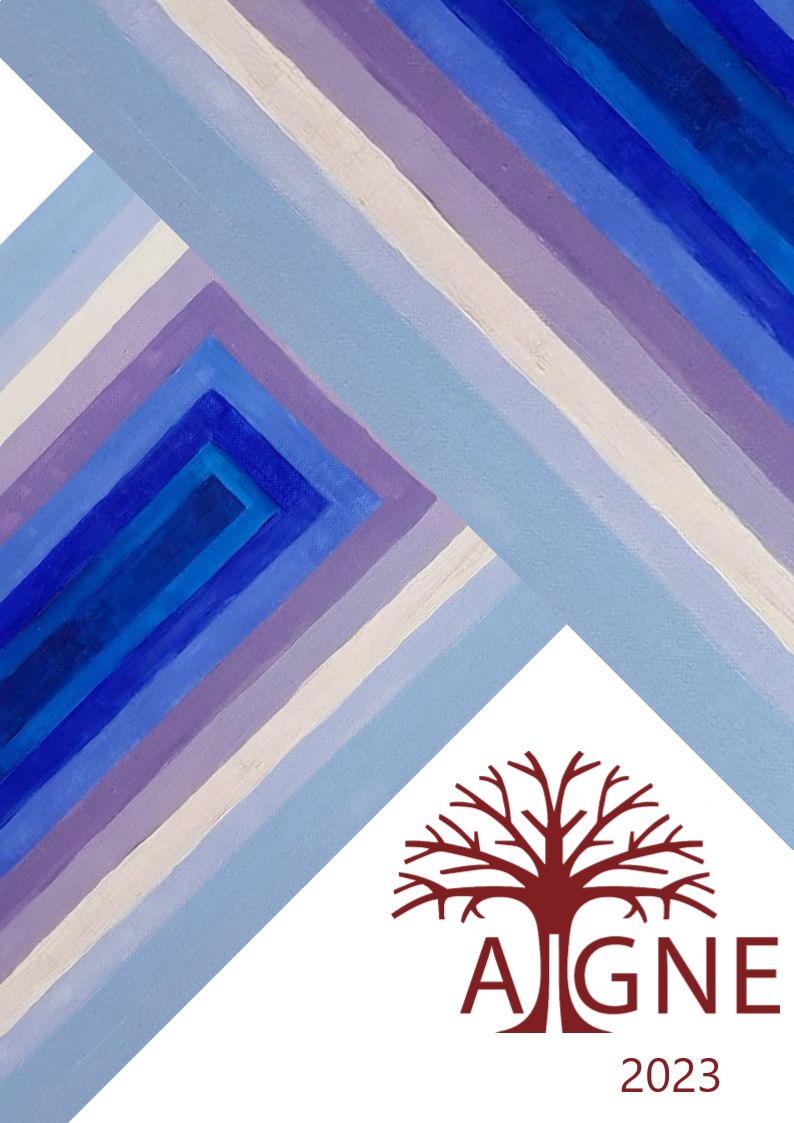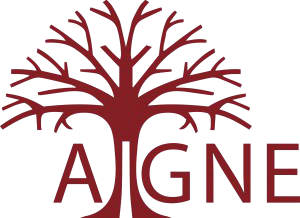Anne Enright's The Gathering: The Five Stages of Grief in a Liminal Space
DOI:
https://doi.org/10.33178/aigne.vol9.1Abstract
Applying Kübler-Ross’s theory of the Five Stages of Grief to a reading of Anne Enright’s 2007 novel The Gathering, this paper will trace the journey through grief and how it is a flexible entity which affords different reactions and experiences of grief within the liminal space. The Kübler-Ross theory defines the stages of grief within five parameters: Denial and Isolation; Anger; Bargaining; Depression; Acceptance. She notes how the immediate days after the death are filled with viewings, organising travel itineraries and funeral arrangements. These days are a blur of paperwork and shock and are often accompanied by loss of appetite, lack of sleep and a removal from reality. It is when the burial is complete, and the mourners have departed, that the process of grief can re-commence. Enright’s The Gathering focuses on the aftermath of the death of Liam Flaherty and the subsequent gathering of the Flaherty family for his wake and funeral. The Five Stages of Grief are applied in a non-linear form, enabling a more nuanced situational narrative within the liminal space. In The Gathering, we follow Veronica Hegarty’s stages of grief, following the suicide of her younger brother, and observe how she chooses – for the most part – to cope in isolation. The liminal space afforded to Veronica enables her to process her grief through the medium of memory and her composition of an (imagined) biography of her grandmother. Enright’s unreliable protagonist is creating a bio-fictional past whilst dealing with a stark present. Grief is a personal journey and closure is not always inevitable.
Downloads
Published
Issue
Section
License
Copyright (c) 2023 Margaret Bonass Madden

This work is licensed under a Creative Commons Attribution-NonCommercial-NoDerivatives 4.0 International License.
For our full Copyright Notice see our Author Guidelines.



